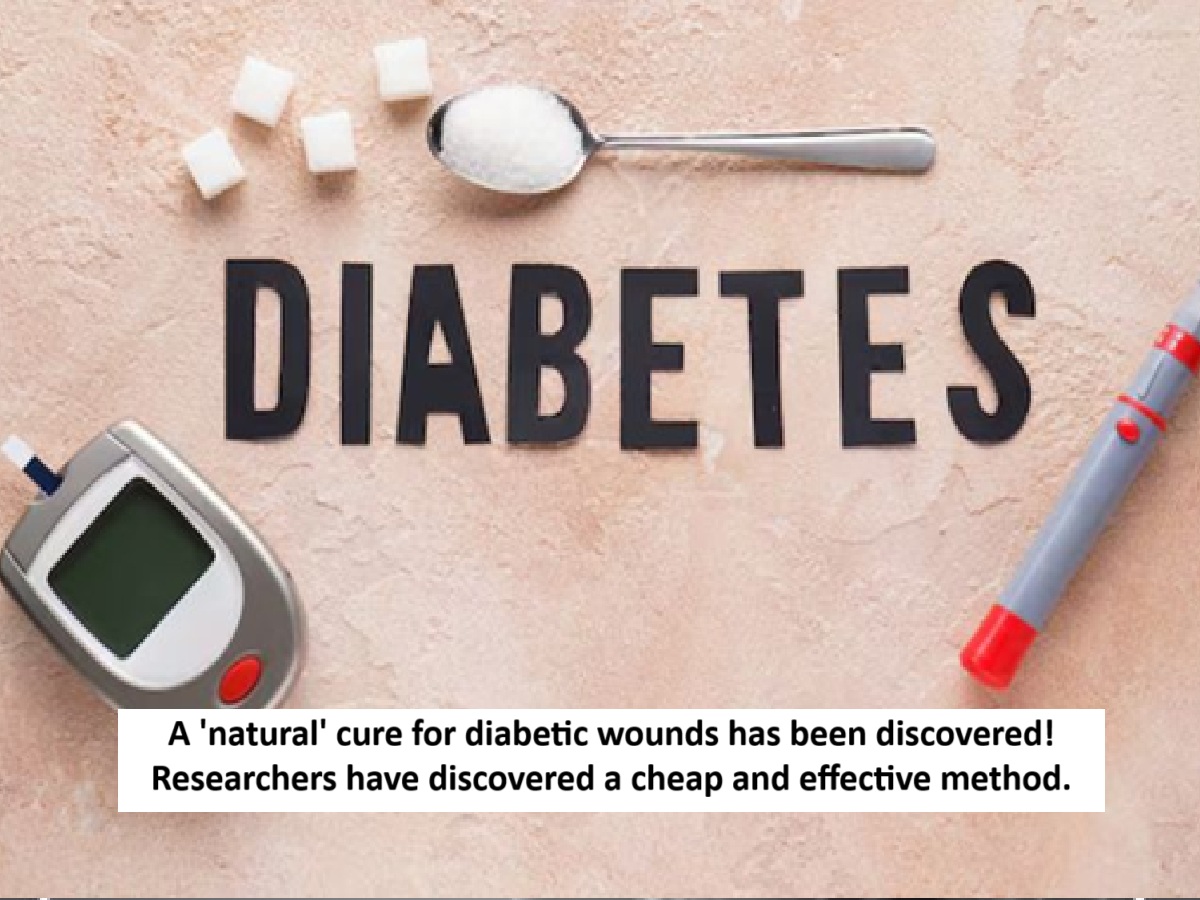
News Topical, Digital Desk : Diabetes is one of the fastest-growing diseases in the world today. It affects not only blood sugar but also the body's natural healing ability. Even a small wound in a diabetic patient takes a long time to heal. Sometimes the infection becomes so severe that the patient may even have to have a leg or affected limb amputated.
But now, nature itself may have found a solution to this very problem. Researchers at Nagaland University have discovered a natural plant-based compound called sinapic acid, which has been shown to accelerate wound healing in diabetic patients.
What is sinapic acid and how does it work?
Sinapic acid is a natural antioxidant compound found in many plants, grains, fruits, and vegetables. Antioxidants protect the body's cells from damage and help reduce inflammation.
According to researchers, when sinapic acid was given orally to diabetic patients, their wounds healed faster than normal. Scientists believe the compound activates a biological pathway called SIRT1, which plays a key role in tissue repair, the formation of new blood vessels, and the control of inflammation.
Lower doses proved more effective
An interesting finding of this study was that researchers found that sinapic acid given in lower doses (20 mg per kilogram) was more effective than higher doses (40 mg per kilogram). Scientists call this an "inverted dose response," meaning that sometimes a drug given in lower doses can be more effective.
This discovery is also considered important for future drug development strategies, as it shows that natural compounds can be used in the right quantities to turn them into safe and inexpensive treatments.
From Diabetic Foot Ulcers to Amputation
Foot ulcers are a major challenge for diabetic patients. These infections can sometimes spread so rapidly that amputation is necessary. Researchers believe that if sinapic acid is developed as a natural oral therapy, it could not only speed up wound healing but also reduce the incidence of amputation.
Another major advantage of this discovery is that this treatment could be inexpensive and accessible. This could be a major relief for diabetes patients, especially those living in rural or resource-limited areas, where expensive treatments or modern medical facilities are not available.
A new path to the future
According to the scientists, this is the first study globally to demonstrate that a natural compound like sinapic acid has a positive effect on diabetic wounds at the preclinical level. Further studies will be conducted to develop it into a safe drug for human use. If successful in the coming years, this discovery could offer a new ray of hope for the millions of diabetic patients who struggle with wounds and infections every day.
Read More: Poor sleep and obesity are contributing factors to breast cancer! ICMR issues this warning to women
--Advertisement--

 Share
Share



